“TARIFFS WILL START BEING PAID ON AUGUST 1, 2025,” Donald Trump shared on Truth Social this morning. “There will be no change… No extensions will be granted. Thank you for your attention to this matter!”
It’s a rather definitive statement from the President. But we’ve been here before. The original 90-day extension of “reciprocal tariffs” (better described as trade deficit figures with a percentage symbol attached) was also supposed to be a hard deadline. The President suggested only last week that there were no plans to push implementation back again.
But here we are: a new date, a new deadline and a mixed market reaction. Stocks plunged on the news that countries including South Korea and Japan could be facing higher tariffs come August 1 – an update Trump delivered by letter to individual countries. Still, the dollar is up, as news of the extension has temporarily soothed market jitters.
Trump has the power to cause turmoil for other countries, as he decides almost unilaterally how to implement taxes on imports. But he can cause a whole lot of trouble for himself as well. This new extension suggests the imminent trade deals he promised aren’t as close to a done deal as he thought. The delay also indicates that the President does not want to take his chances with full implementation of the 20 percent, 30 percent and even 40 percent tariffs he has announced. He saw how markets reacted back in April, when he was compelled to flip-flop.
“We no longer believe that the tariff numbers the President’s throwing around are meaningful,” former hedge fund manager and CNBC host Jim Cramer said on Monday. “They’re just a starting point for negotiations with countries that really need access to our markets.”
Yes, US trading partners are fairly desperate to keep their goods flowing into the country, and everyone would benefit from de-escalation and deals. But Trump is risking something more – the diminishment of his political superpower, which is that no one knows what he’ll do at any given time.
Unpredictability has long given the President a leg up on his opponents, whether that be Hillary Clinton on the debate stage or dictators stirring up trouble on social media. But since the “Liberation Day” fallout, it has become clear that Trump does indeed have a red line, or rather many red lines – the ones on the screens that showed the stock market tanking.
For Trump, a strong economy has always been a non-negotiable, and the threat tariffs posed to regular Americans – many of whom voted for him last November – very quickly became something to shut down. That Trump blinked on his higher-rate tariffs was clocked by every leader entering negotiations with the President.
Trump’s second delay does not mean the tariffs aren’t taking their toll. According to Politico’s tariff tracker, the income from tariffs was “109.5 percent more than the same time last year,” as of July 1. Trump will no doubt cite the additional $50 billion paid by importers as evidence that tariffs make America rich. That it is American companies paying the price (with knock-on effects on workers and consumers) is what Democrats are hoping will become apparent by the time the midterm elections roll around next fall.
These punts are still in the early stage and Trump seems confident that these tariff negotiations will fall in his favor. But this latest delay indicates regret in the White House over how these “reciprocal tariffs” were implemented in the spring. Just how much longer they are delayed will indicate the President’s hesitancy to displease his voters again.



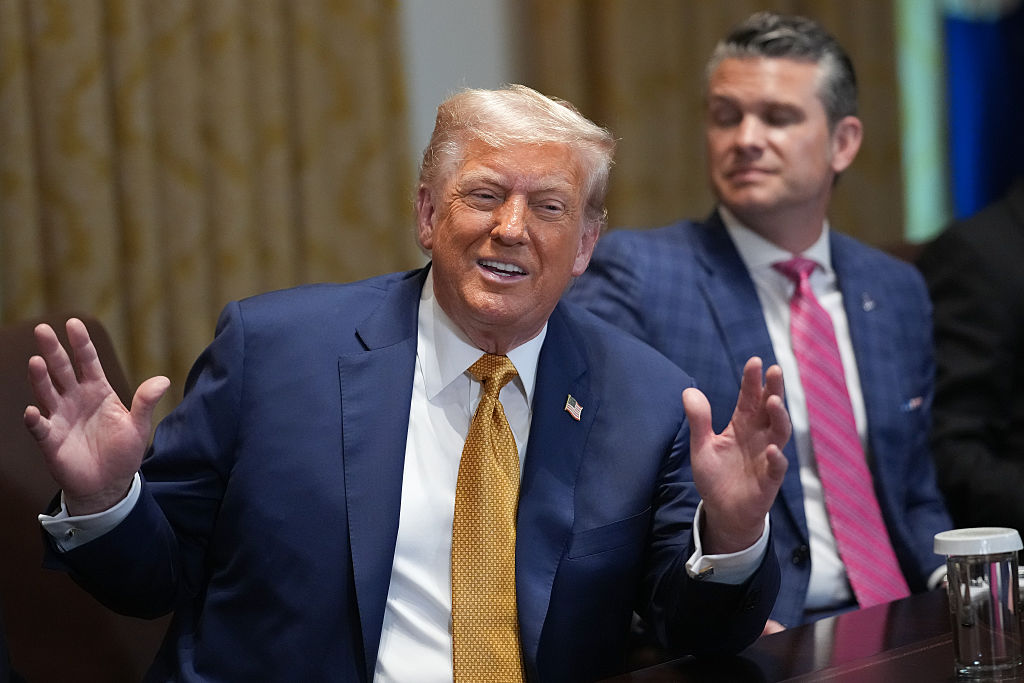








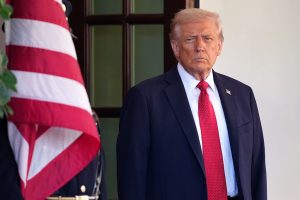
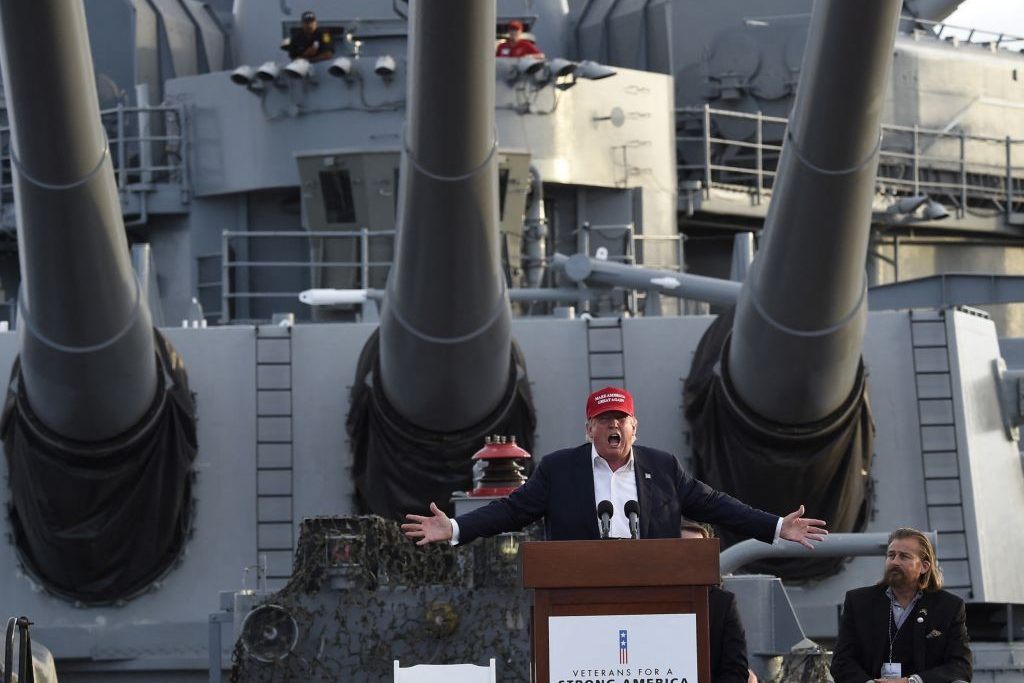
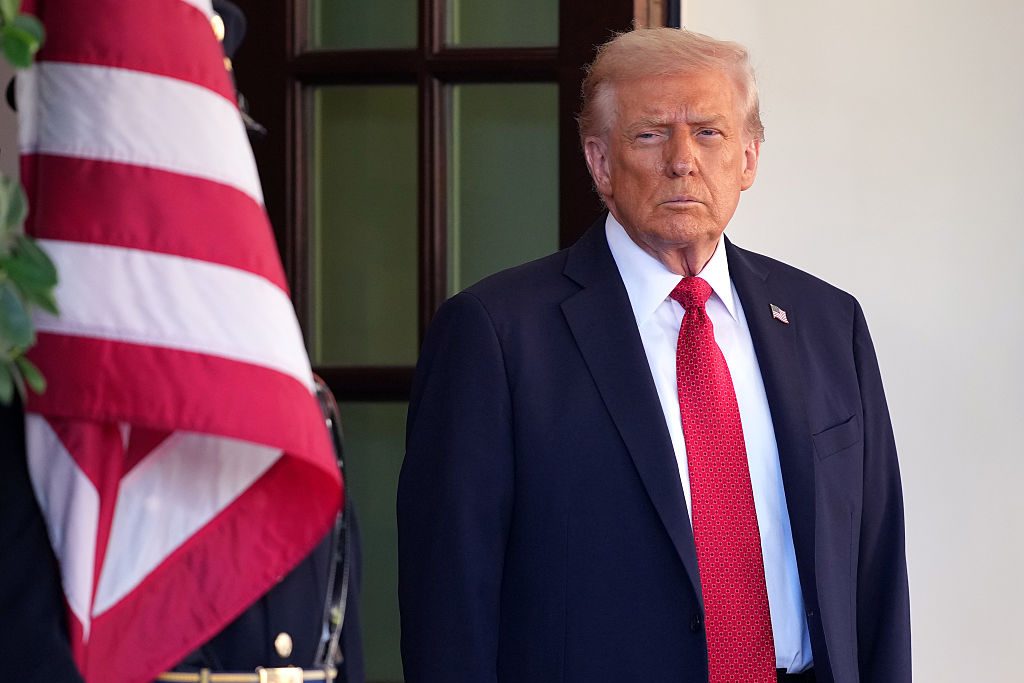

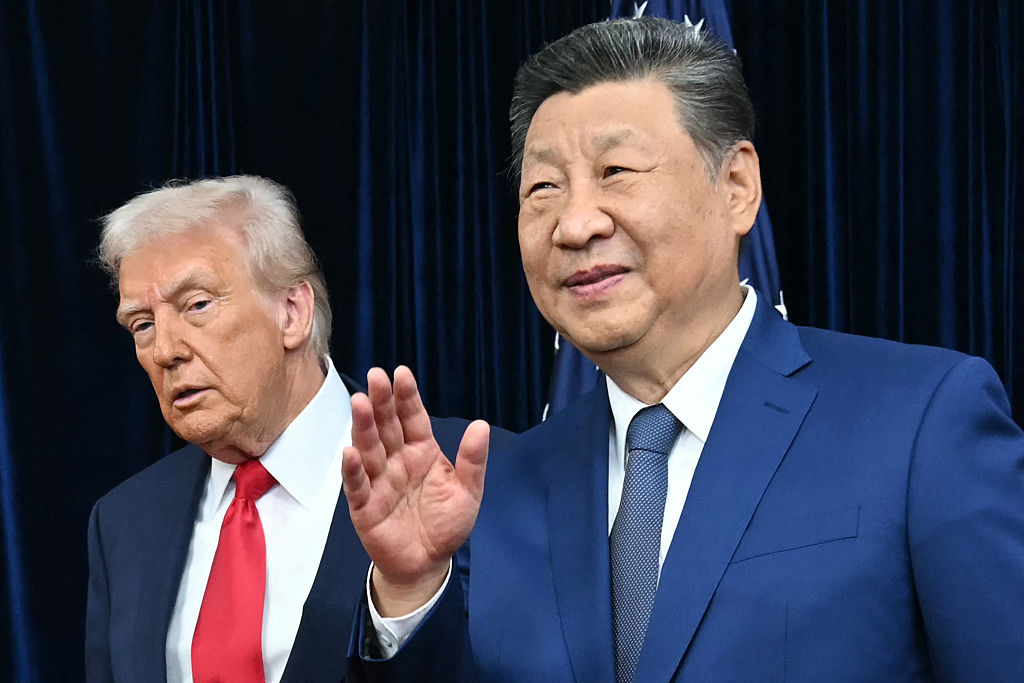
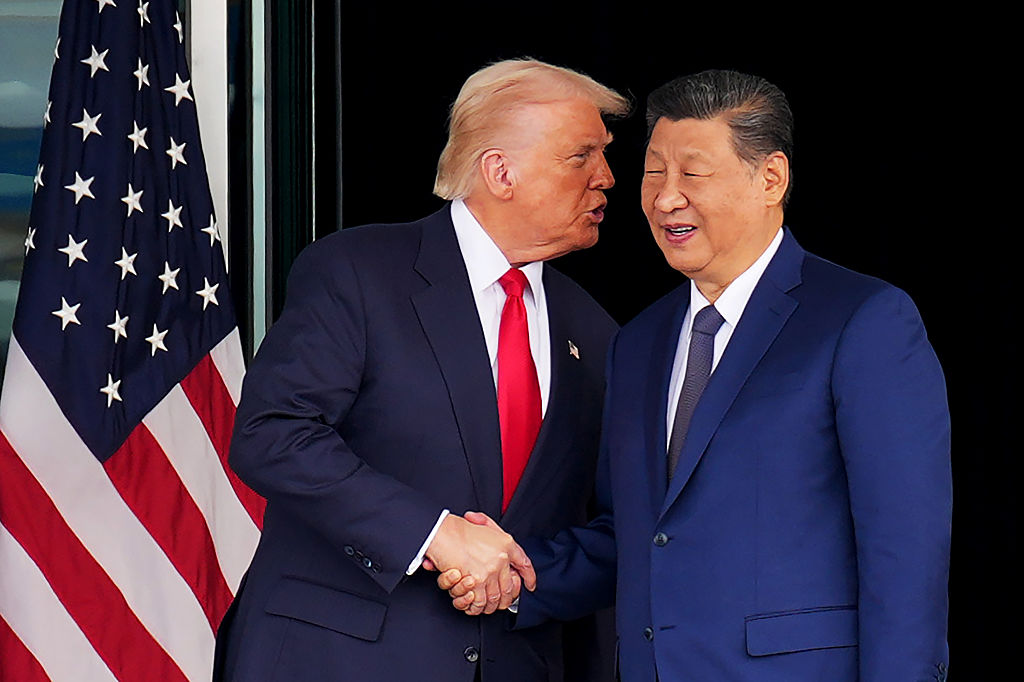
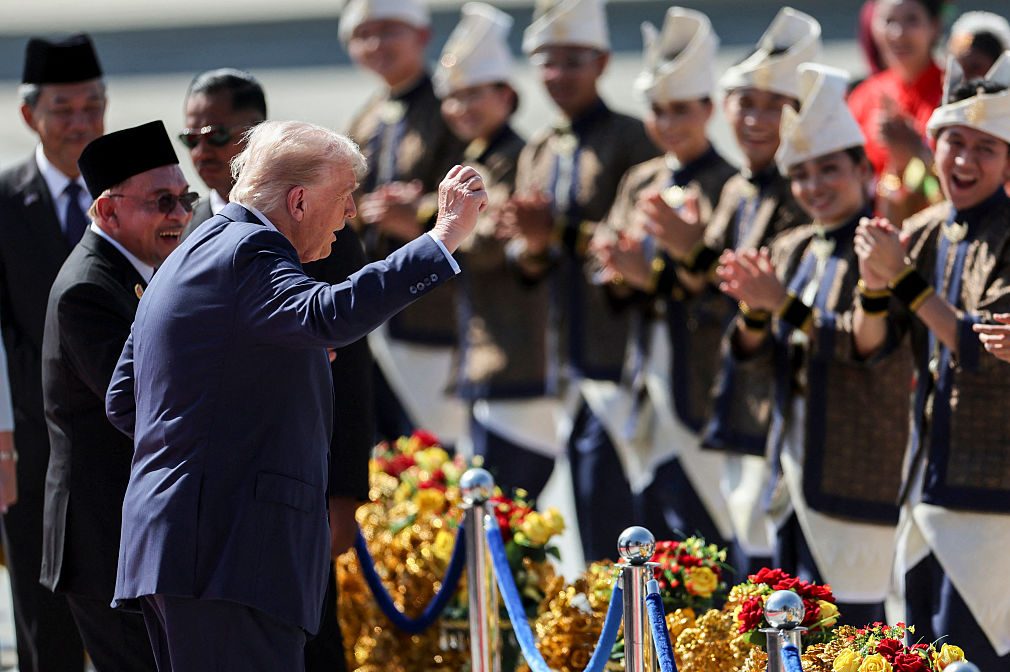

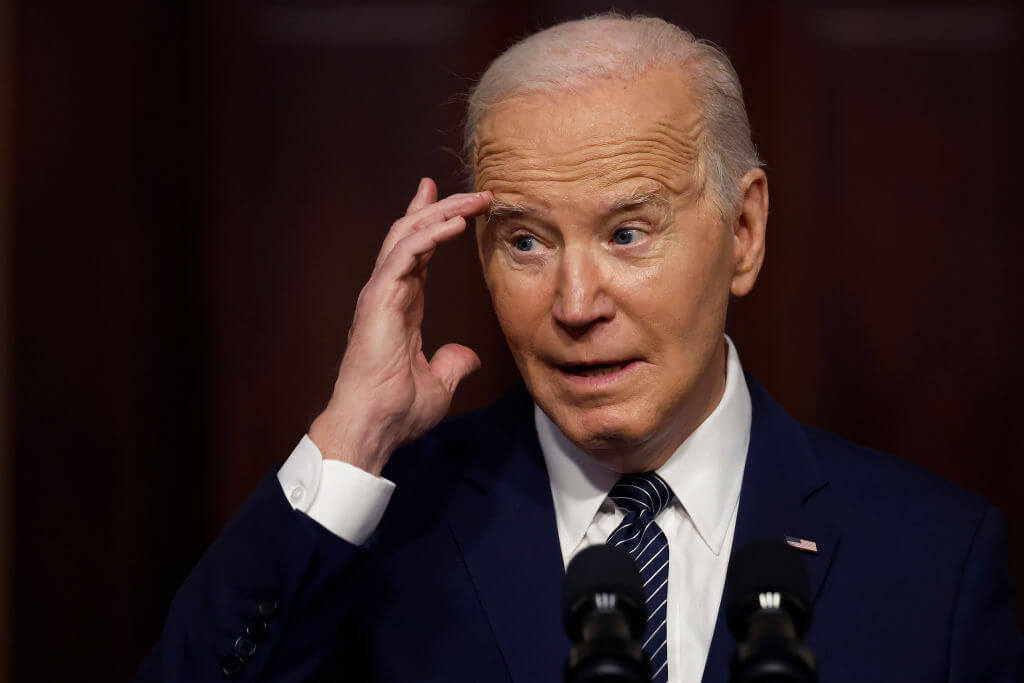



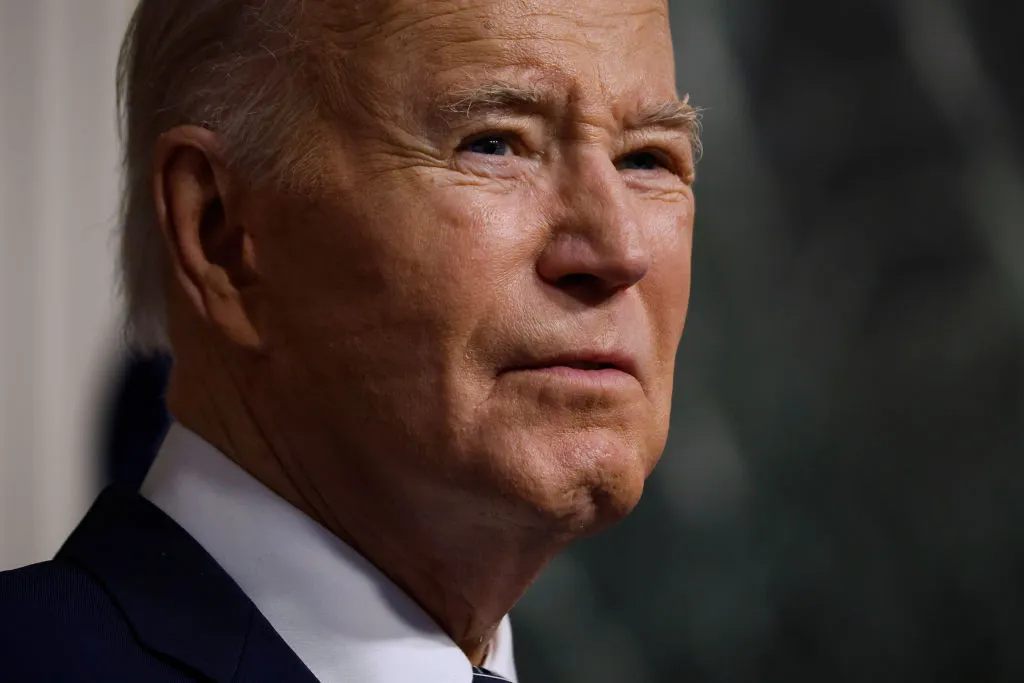

Leave a Reply